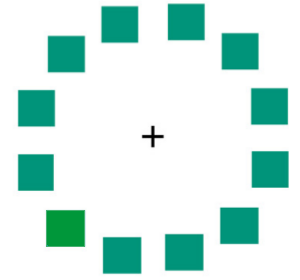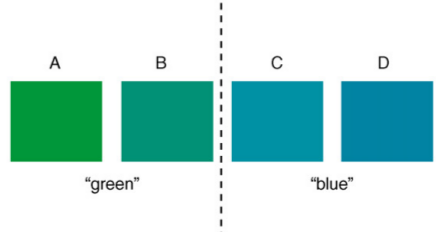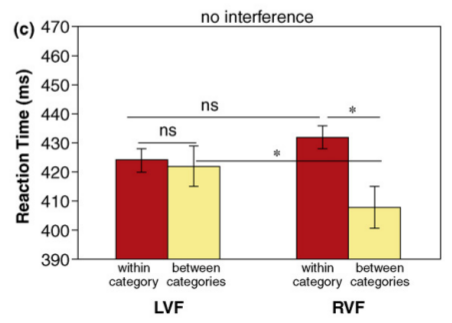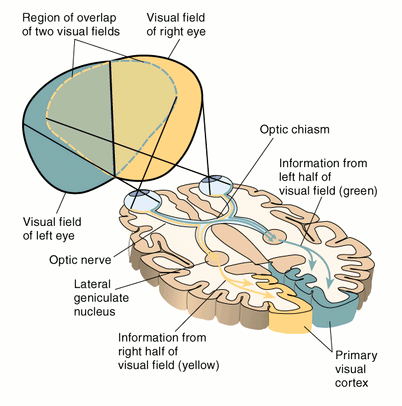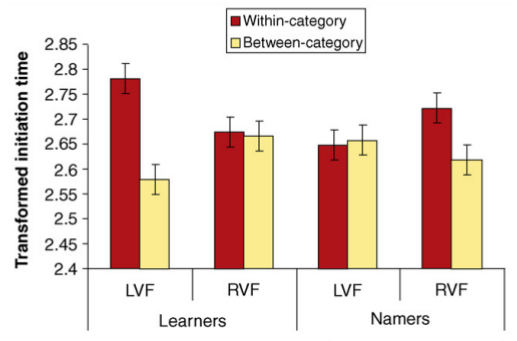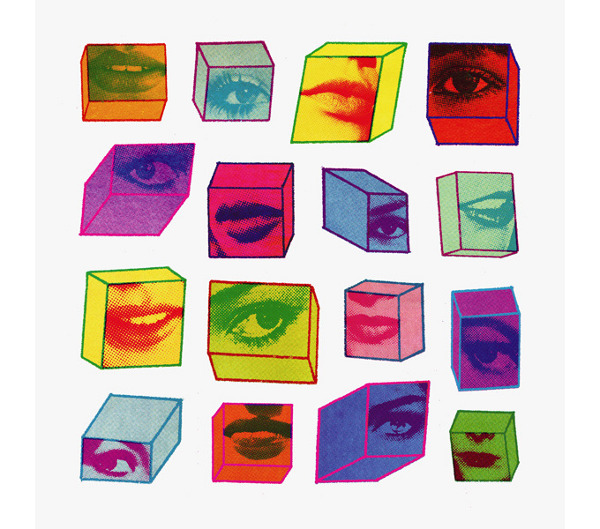
Update: This post was an Editor’s pick by Cristy Gelling at Science Seeker, and was included in Bora Zivkovic‘s top 10 science blog posts of the week.
Lately, I’ve got colors on the brain. In part I of this post I talked about the common roads that different cultures travel down as they name the colors in their world. And I came across the idea that color names are, in some sense, culturally universal. The way that languages carve up the visual spectrum isn’t arbitrary. Different cultures with independent histories often end up with the same colors in their vocabulary. Of course, the word that they use for red might be quite different – red, rouge, laal, whatever. Yet the concept of redness, that vivid region of the visual spectrum that we associate with fire, strawberries, blood or ketchup, is something that most cultures share.
So what? Does any of this really matter, when it comes to actually navigating the world? Shakespeare famously said that a rose by any other name smells just as sweet. So does red by another name look just as deep? And what if you didn’t have a name for red? Would it lose any of its luster? Would it be any harder to spot those red berries in the bush?
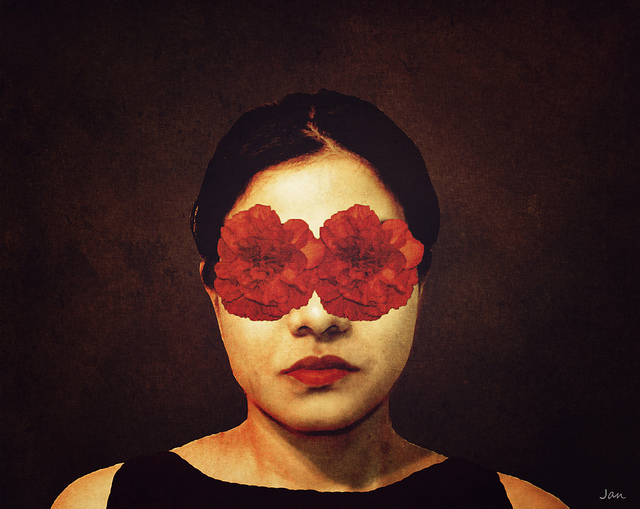
This question goes back to an idea by the American linguist Benjamin Whorf, who suggested that our language determines how we perceive the world. In his own words,
We cut nature up, organize it into concepts, and ascribe significances as we do, largely because we are parties to an agreement to organize it in this way—an agreement that holds throughout our speech community and is codified in the patterns of our language […] all observers are not led by the same physical evidence to the same picture of the universe, unless their linguistic backgrounds are similar
This idea is known as linguistic relativity, and is commonly described by the blatantly false adage that Eskimos have a truckload of words to describe snow. (The number of Eskimo words for snow probably tells you more about gullibility and sloppy fact-checking than it does about language.)
Hyperbole aside, color actually provides a neat way to test Whorf’s hypothesis. A study in 1984 by Paul Kay and colleagues compared English speakers to members of the Tarahumara tribe of Northwest Mexico. The Tarahumara language falls into the Uto-Aztecan language family, a Native American language family spoken near the mountains of North America. And like most world languages, the Tarahumara language doesn’t distinguish blue from green.
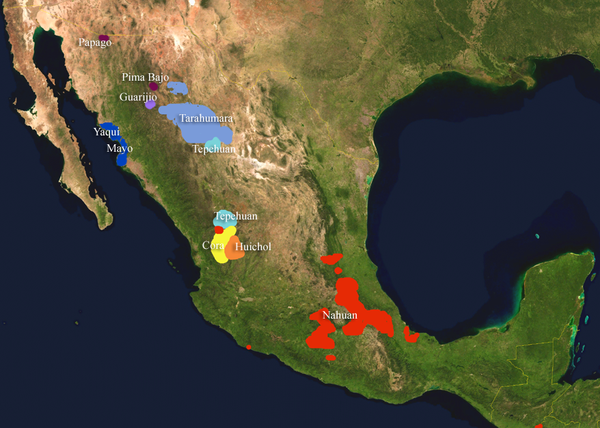
The researchers discovered that, compared to the Tarahumara, English speakers do indeed see blue and green as more distinct. Having a word for blue seems to make the color ‘pop’ a little more in our minds. But it was a fragile effect, and any verbal distraction would make it disappear. The implication is that language may affect how we see the world. Somehow, the linguistic distinction between blue and green may heighten the perceived difference between them. Smells like Whorf’s idea to me.
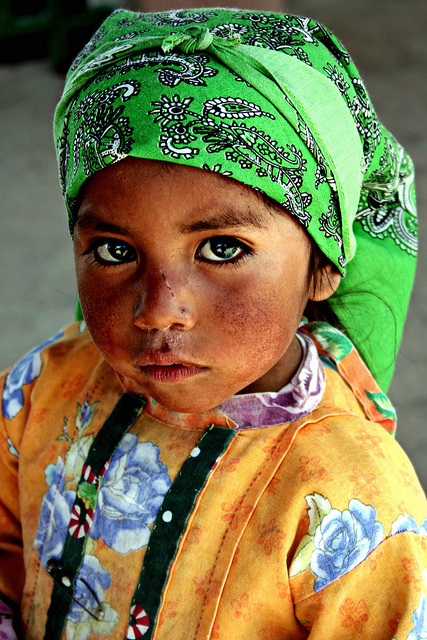
That was 1984. What have we learnt since? In 2006, a study led by Aubrey Gilbert made a rather surprising discovery. Imagine that you’re a subject in their experiment. You’re asked to stare at the cross in the middle of the screen. A circle of colored tiles appear. One of the tiles is different from the others. Sometimes it will be on the left, and other times on the right. Your task is to spot whether the odd-color-out is on the left or on the right. Keep your eyes on the cross.
That’s easy enough. What’s the catch?
Well, sometimes you’ll also get a picture that looks like this.
See the difference? In one case, English speakers have different words for the two colors, blue and green. So there’s a concept that builds a wall between them. But in other cases like above, the two colors are conceptually the same.
Here’s what the researchers wanted to know. If you have a word to distinguish two colors, does that make you any better at telling them apart? More generally, does the linguistic baggage that we carry effect how we perceive the world? This study was designed to address Whorf’s idea head on.
As it happens, Whorf was right. Or rather, he was half right.
The researchers found that there is a real, measurable difference in how we perform on these two tasks. In general, it takes less time to identify that odd blue square compared to the odd green one. This makes sense to anyone who’s ever tried looking for a tennis ball in the grass. It’s not that hard, but I’d rather the ball be blue. In once case you are jumping categories (blue versus green), and in the other, staying with a category (green versus green).
However, and this is where things start to get a bit strange, this result only holds if the differently colored square was in the right half of the circle. If it was in the left half (as in the example images above), then there’s no difference in reaction times – it takes just as long to spot the odd blue as the odd green. It seems that color categories only matter in the right half of your visual field!
The graph above summarizes the results of this experiment. In red are the reaction times for making comparisons within a category (think green among greens). In yellow are comparisons where you straddle a category (think blue among greens). And what you see is that your performance on these two types of tasks differs in the right visual field (RVF), but not in the left visual field (LVF). It’s easier to tell apart colors with different names, but only if they are to your right. Keep in mind that this is a very subtle effect, the difference in reaction time is a few hundredths of a second.
So what’s causing this lopsidedness? Well, if you know something about how the brain works, you might have already guessed. The crucial point is that everything that we see in the right half of our vision is processed in the left hemisphere of our brain, and everything we see in the left half is processed by the right hemisphere. And for most of us, the left brain is stronger at processing language. So perhaps the language savvy half of our brain is helping us out.
It’s not just English speakers that show this asymmetry. Koreans are familiar with the colors yeondu and chorok. An English speaker would call them both green (yeondu perhaps being a more yellowish green). But in Korean it’s not a matter of shade, they are both basic colors. There is no word for green that includes both yeondu and chorok.
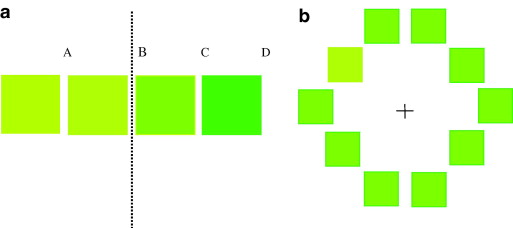
And so imagine taking the same color ID test, but this time with yeondu and chorok instead of blue and green. A group of researchers ran this experiment. They discovered that among those who were the fastest at identifying the odd color, English speakers showed no left brain / right brain distinction, whereas Korean speakers did. It’s plausible that their left brain was attuned to the distinction between yeondu and chorok.
But how do we know that language is the key here? Back to the previous study. The researchers repeated the color circle experiment, but this time threw in a verbal distraction. The subjects were asked to memorize a word before each color test. The idea was to keep their language circuits distracted. And at the same time, other subjects were shown an image to memorize, not a word. In this case, it’s a visual distraction, and the language part of the brain needn’t be disturbed.
They found that when you’re verbally distracted, it suddenly becomes harder to separate blue from green (you’re slower at straddling color categories). In fact the results showed that people found this more difficult then separating two shades of green. However, if the distraction is visual, not verbal, things are different. It becomes easy to spot the blue among green, so you’re faster at straddling categories.
All of this is only true for your left brain. Meanwhile, your right brain is rather oblivious to these categories (until, of course, the left brain bothers to inform it). The conclusion is that language is somehow enhancing your left brain’s ability to discern different colors with different names. Cultural forces alter our perception in ever so subtle a way, by gently tugging our visual leanings in different directions. Whorf was right, but only when it comes to half your brain.
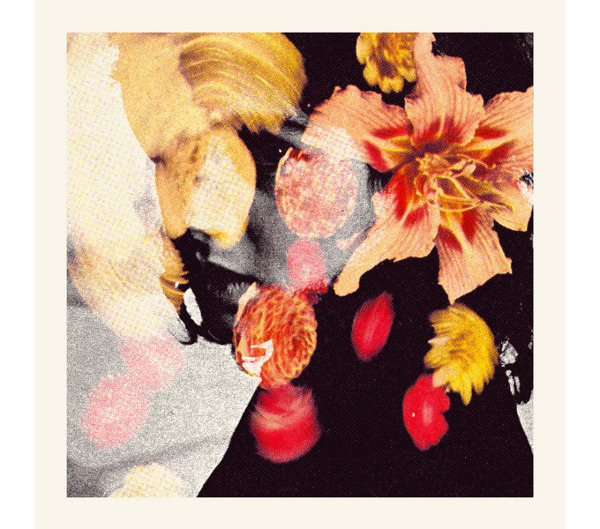
Imagine a world without color names. You lived in such a world once, when you were an infant. Do you remember what it was like? Anna Franklin is a psychologist who is particularly interested in where color categories come from. She studies color recognition in infants, as a window into how the brain organizes color.
Here she is discussing her work in this incredible clip from a BBC Horizon documentary called ‘Do you see what I see?‘. It’s 8 minutes long, but definitely worth it. It starts off with infants, and then cuts to the Himba tribe who have a highly unusual color naming system. You’ll see them taking the color wheel test, with very surprising results.
Surprisingly, many children take a remarkably long time to learn their color names. By the time they can name dozens of objects, they still struggle with basic colors. A two year old may know that a banana is yellow or an apple is red, but if you show them a blue cup, odds are even that they’ll call it red. And this confusion can persist even after encountering hundreds of examples, until as late as the age of four. There have been studies that show that very young sighted children are as likely to identify a color correctly as blind children of the same age. They rely on their experience, rather than recognize the color outright.
Even Charles Darwin, who had a tendency to think of his children as in-house experimental subjects, was alarmed with their slow progress in this domain*.
I attended carefully to the mental development of my young children, and with two, or as I believe three of them, soon after they had come to the age when they knew the names of all common objects, I was startled by observing that they seeed quite incapable of affixing the right names to the colours in coloured engravings, although I tried repeatedly to teach them. I distinctly remember declaring that they were colour-blind, but this afterwards proved a groundless fear. [..] Therefore the difficulty, which young children experience either in distinguishing, or more probably in naming colours, seems to deserve further attention.
He was on to something here. The big question is when children learn their color words, does their perception of the world change? Anna Franklin (who we met in the video above) and colleagues took on this question. Working with toddlers aged two to four, they split them into two groups. There were the namers, who could reliably distinguish blue from green, and the politely-named learners, who couldn’t. The researchers repeated the color circle experiment on these children. Rather than have them press a button (probably not a good idea), they tracked the infants’ eyes to see how long it took them to spot the odd square.
As toddlers learn the names of colors, a remarkable transformation is taking place inside their heads. Before they learn their color names, they are better at distinguishing color categories in their right brain (Left Visual Field). In a sense, their right brain understands the difference between blue and green, even before they have the words for it. But once they acquire words for blue and green, this ability jumps over to the left brain (Right Visual Field).
Think about what that means. As infant brains are rewiring themselves to absorb our visual language, the seat of categorical processing jumps hemispheres from the right brain to the left. And it stays here throughout adulthood. Their brains are furiously re-categorizing the world, until mysteriously, something finally clicks into place. So the next time you see a toddler struggling with their colors, don’t be like Darwin, and cut them some slack. They’re going through a lot.
Footnote:
*At times, it was probably not much fun to be one of Darwin’s children. He goes on to write:
I will add that it formerly appeared to me that the gustatory sense, at least in the case of my own infants, and very young children, differed from that of grown-up persons. This was shown by their not disliking rhubard mixed with a little sugar and milk, which is to us abominably nauseous; and in their strong taste for the sourest and most austere fruits, such as unripe gooseberries and crab apples.
References:
Regier, T., & Kay, P. (2009). Language, thought, and color: Whorf was half right Trends in Cognitive Sciences, 13 (10), 439-446 DOI: 10.1016/j.tics.2009.07.001
Gilbert AL, Regier T, Kay P, & Ivry RB (2006). Whorf hypothesis is supported in the right visual field but not the left. Proceedings of the National Academy of Sciences of the United States of America, 103 (2), 489-94 PMID: 16387848
Franklin A, Drivonikou GV, Clifford A, Kay P, Regier T, & Davies IR (2008). Lateralization of categorical perception of color changes with color term acquisition. Proceedings of the National Academy of Sciences of the United States of America, 105 (47), 18221-5 PMID: 19015521

